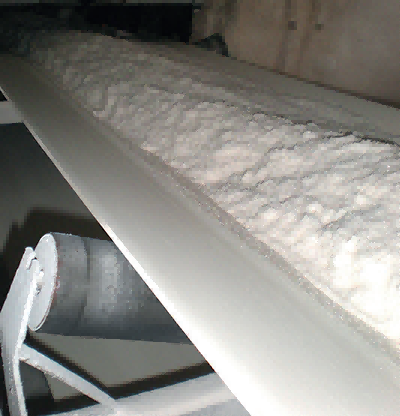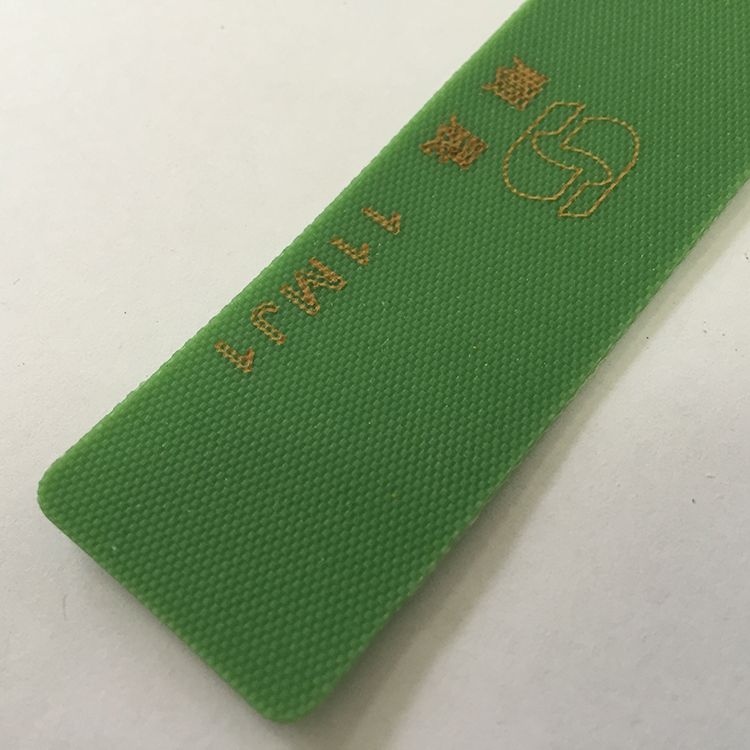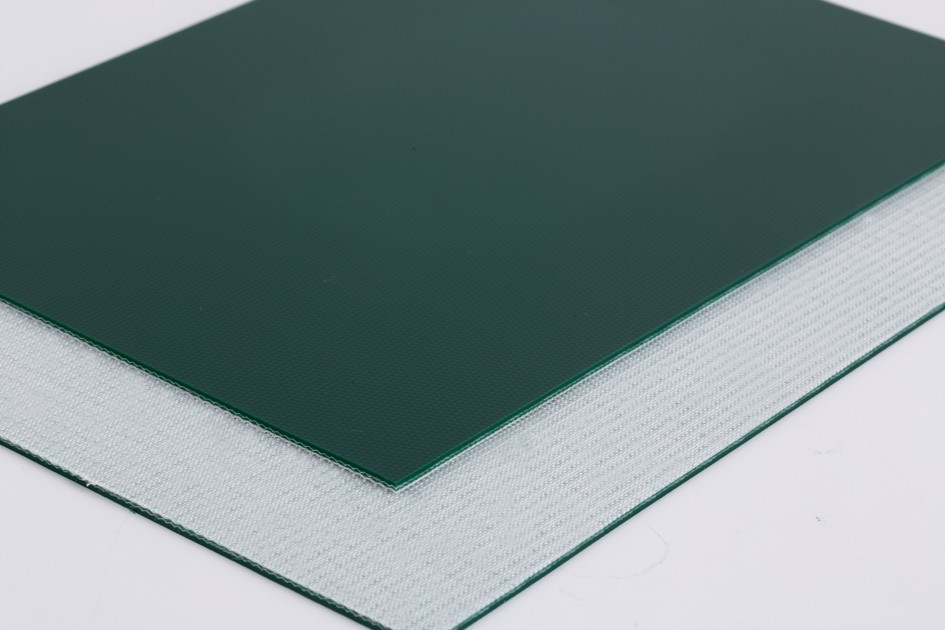Introduction
In the bustling world of logistics operations, where efficiency and reliability are paramount, conveyor belts play a crucial role in the seamless movement of goods. Among the various types of conveyor belts available, PVK (polyvinyl chloride and rubber) conveyor belts have gained popularity for their durability and versatility. However, like any machinery or equipment, proper maintenance is essential to ensure their longevity and optimal performance. In this comprehensive guide, we will delve into the key maintenance procedures recommended to prolong the lifespan of PVK conveyor belts in logistics operations.

Inspection and Cleaning
Regular visual inspections serve as the first line of defense in identifying potential issues before they escalate into major problems. Maintenance personnel should conduct thorough inspections of the conveyor belts, focusing on areas prone to wear and tear such as belt edges, splices, and pulley assemblies. Any signs of damage, including cuts, tears, or excessive wear, should be promptly addressed to prevent further deterioration.
In addition to visual inspections, routine cleaning is essential for maintaining the integrity of PVK conveyor belts. Debris, dust, and contaminants accumulated on the belt surface can accelerate wear and cause premature failure. Therefore, it is imperative to implement cleaning procedures using suitable cleaning agents and equipment. Regular cleaning not only enhances the aesthetic appeal of the conveyor system but also contributes to its overall longevity by reducing friction and preventing material buildup.
Proper Tensioning and Alignment
Proper tensioning of conveyor belts is critical for ensuring smooth operation and minimizing the risk of belt slippage or mistracking. Over-tensioning can lead to increased stress on the belt and components, while under-tensioning may result in sagging and reduced conveying efficiency. Maintenance personnel should follow manufacturer guidelines to determine the optimal tension level for PVK conveyor belts and use appropriate tensioning devices to achieve and maintain the desired tension.
Alignment plays a crucial role in preventing uneven wear and premature failure of conveyor belts. Misaligned belts can cause excessive friction, resulting in localized wear and potential damage to the belt edges. Regular alignment checks should be performed using precision alignment tools to ensure that the conveyor belts run true and parallel to the pulleys. Any misalignment should be corrected promptly to prevent further damage and optimize conveyor performance.
Lubrication and Belt Conditioning
While PVK conveyor belts are known for their durability, proper lubrication is still necessary to minimize friction and extend their lifespan. Maintenance personnel should use lubricants specifically formulated for use with PVK materials and follow recommended application procedures to ensure thorough coverage of the belt surface and components. Over-lubrication should be avoided as it can lead to contamination and degradation of the belt material.
In addition to lubrication, belt conditioning is essential for maintaining the flexibility and resilience of PVK conveyor belts. Belt conditioning agents can help prevent the material from becoming brittle or prone to cracking, especially in environments with fluctuating temperatures or exposure to harsh chemicals. Regular application of belt conditioning products as part of a preventive maintenance program can significantly extend the lifespan of PVK conveyor belts and reduce the risk of premature failure.
Monitoring and Preventive Maintenance
Implementing a proactive approach to maintenance is key to maximizing the lifespan of PVK conveyor belts in logistics operations. Maintenance personnel should develop a comprehensive maintenance schedule that includes routine inspections, cleaning, tensioning, lubrication, and belt conditioning tasks. Additionally, leveraging advanced monitoring techniques such as vibration analysis or thermography can help identify potential issues before they escalate into costly breakdowns.
Predictive maintenance strategies enable maintenance teams to anticipate and address emerging issues based on real-time data and analysis, thereby minimizing downtime and optimizing equipment reliability. By monitoring key performance indicators such as belt tension, temperature, and vibration levels, maintenance personnel can detect early signs of wear or mechanical problems and take proactive measures to rectify them.
Training and Education
Effective maintenance practices require knowledgeable and skilled personnel capable of executing maintenance tasks with precision and efficiency. Therefore, investing in training and education programs for maintenance staff is essential for ensuring the long-term reliability of conveyor systems in logistics operations. Training programs should cover a range of topics, including conveyor belt maintenance procedures, safety protocols, troubleshooting techniques, and equipment operation.
Furthermore, providing maintenance personnel with access to resources such as maintenance manuals, technical documentation, and online training modules can enhance their knowledge and proficiency in conveyor belt maintenance. By fostering a culture of continuous learning and improvement, organizations can empower their maintenance teams to uphold the highest standards of maintenance excellence and contribute to the overall success of the logistics operation.
Conclusion
In conclusion, maximizing the lifespan of PVK conveyor belts in logistics operations requires a comprehensive approach to maintenance encompassing inspection, cleaning, tensioning, lubrication, belt conditioning, monitoring, and preventive maintenance. By implementing these essential maintenance procedures and investing in training and education for maintenance personnel, organizations can ensure the reliability, efficiency, and longevity of their conveyor systems, thereby optimizing their logistics operations and driving sustainable business success.





